Our Work
Our Mission
Our initiative fosters interdisciplinary collaboration to advance rewilding, engage stakeholders, scale up strategies, and create effective tools for a resilient and safe European coast.
Remote Sensing and Stakeholder Engagement:
The Perfect Combination
We engage people from the very beginning.
Through our workshops and remote sensing visualisations, they will be able to see our seascapes in the past, present and
future.
Each remote sensing visuslisation corresponds to determined validation methods and projections.
-
mm2
- Field campaigns,
- Lab experiments,
- User Interviews
-
cm2
- Field campaigns,
- Lab experiments,
- User Interviews
- 3D visualisation
-
m2
- Field campaigns,
- Lab experiments,
- User Interviews
- 3D visualisation
- numerical modelling
-
km2
- 3D visualisation
- numerical modelling
-
100 km2
- 3D visualisation
- numerical modelling
-
Global
- numerical modelling
Rewrite Key Concepts
-
REWILDING
Rewilding is the process of restoring and preserving natural ecosystems by allowing them to regenerate on their own, fostering ecosystem services, biodiversity and sustainability while minimizing human interference. -
ECOSYSTEM SERVICES
Ecosystem services are the essential benefits and resources that humans receive from the natural environment, including things like clean air, water, food, and the regulation of climate and disease. -
NATURE CAPITAL
Nature capital represents the vital resources and services we gain from the natural world, such as clean air, water, and biodiversity, which are essential for human well-being.
-
Prior to making decisions, we need to have a full understanding of the barriers and the opportunities of the historical, ecological, geophysical, legal, cultural and socio-economic situation.
-
Our approach
Climate change simulation
We will simulate different climate scenarios in our 10 demo sites with the ''Space-for-time substitution'' technique, and through the use of diverse parameters.
Co-design & scenario analysis
Making people part of the rewilding process
Cognitive-based Scenario
Global Level
Local Level
Innovative Tools
Collecting the right data
-
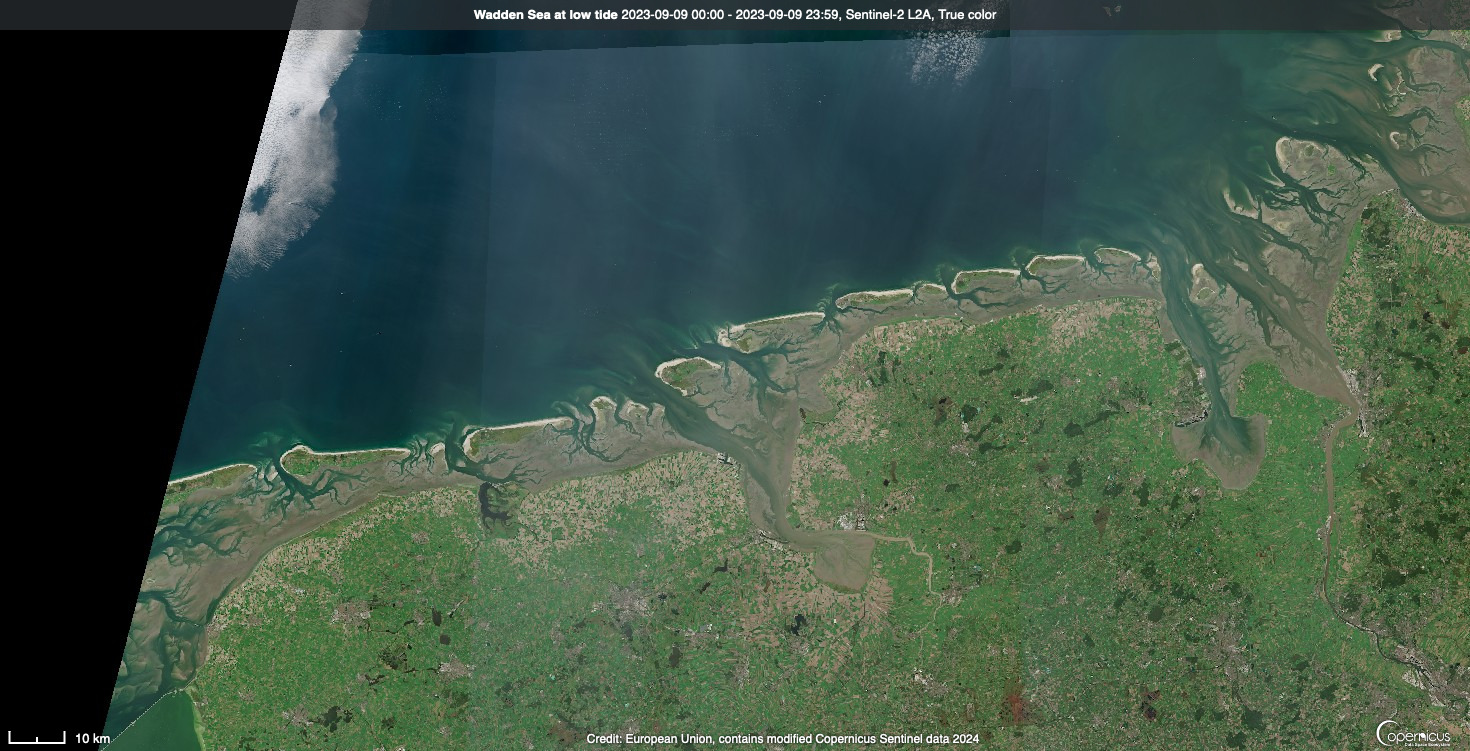
Remote sensing
Remote-sensing to quantify and map C storage and sequestration, biodiversity, and ecological integrity from the local to the global scale -
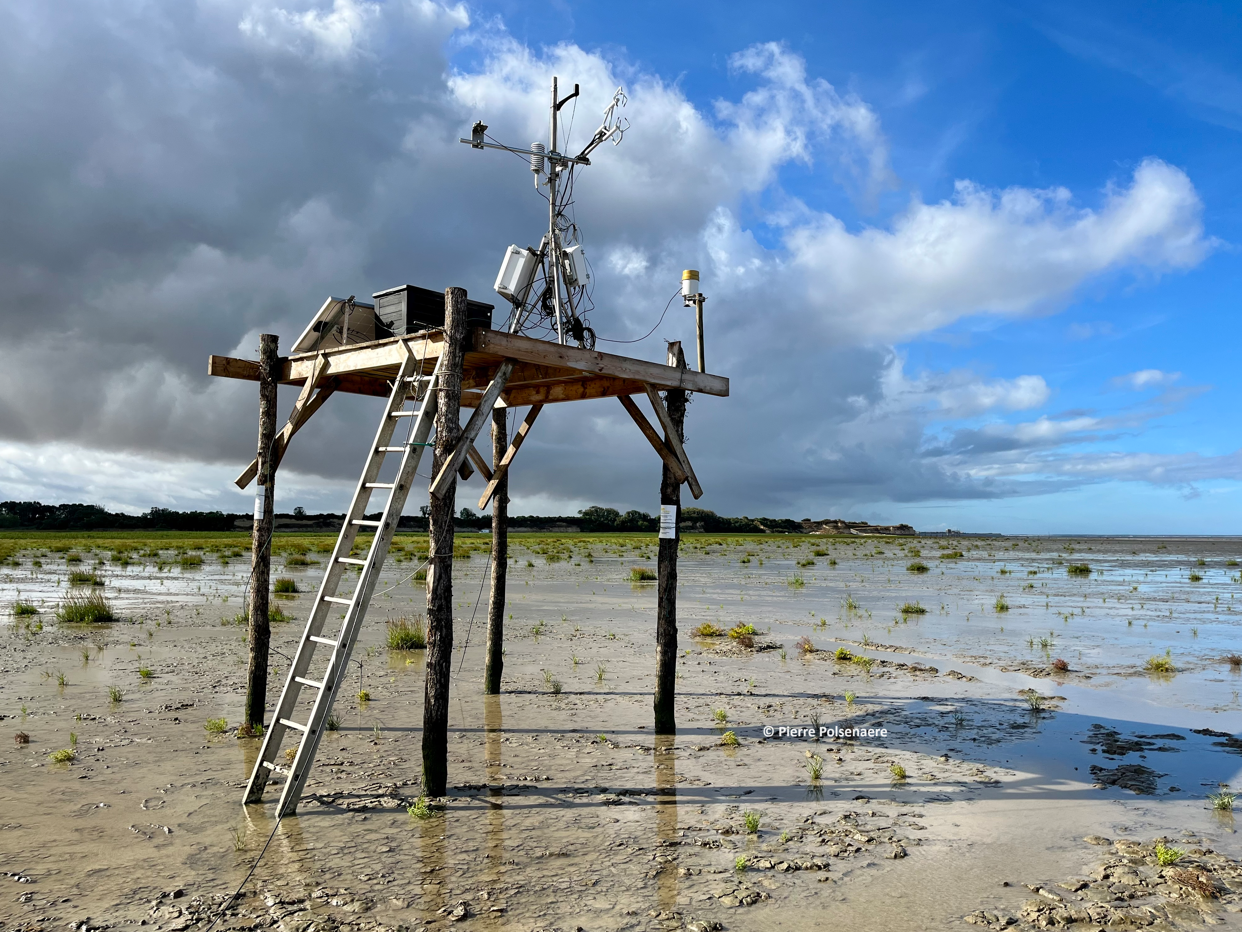
Eddy-covariance method
High frequency measurement of CO2 fluxes to estimate if intertidal areas are source or sink of C
-
Ecosystem Assessment
Rapid Ecosystems Assessment (REA) for biodiversity survey (e.g. GoPros, squid-pops and algae-pops) -
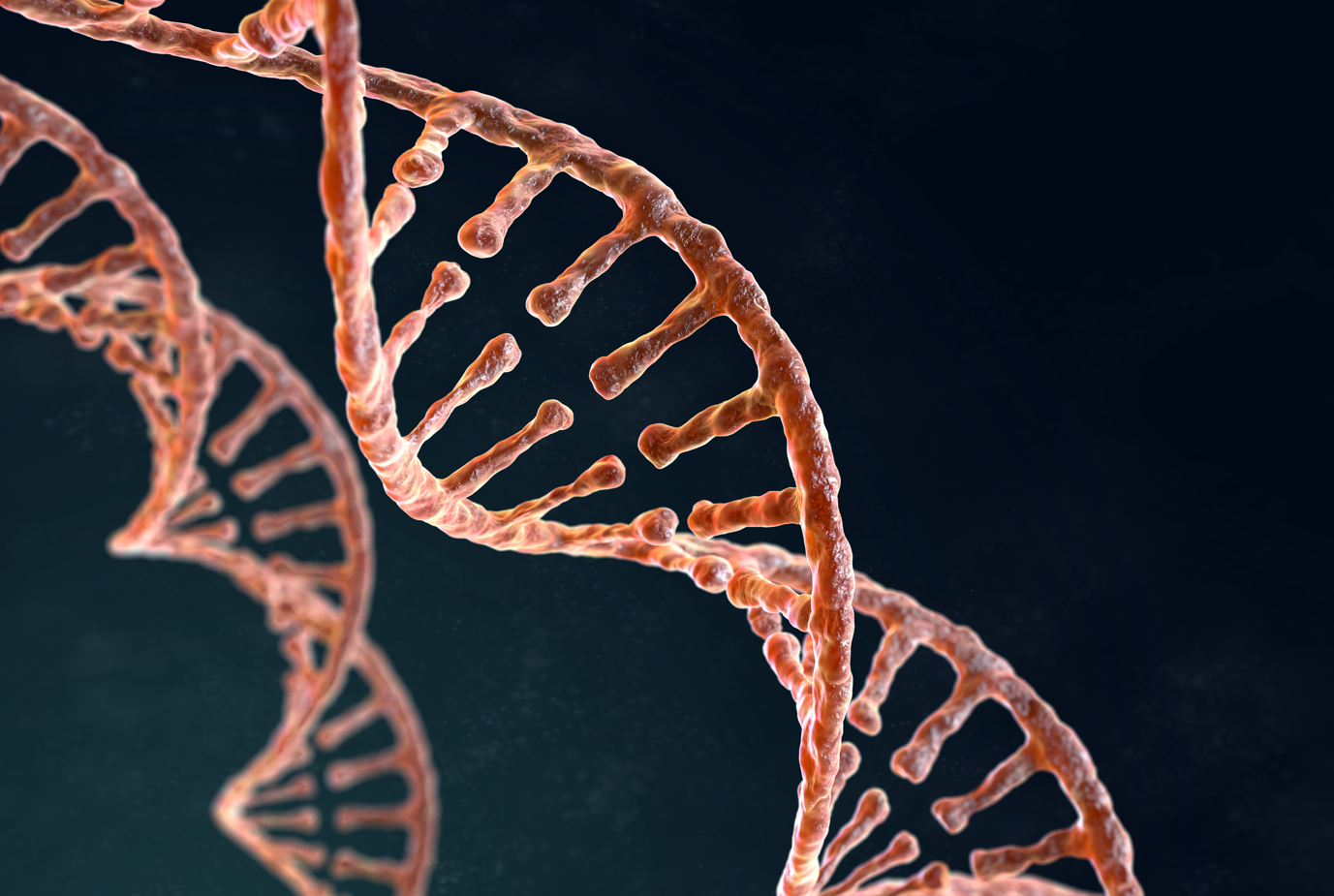
eDNA
To investigate biodiversity from the microorganisms to the vertebrates
To co-design scenario of rewilding and project the future by 2050
-
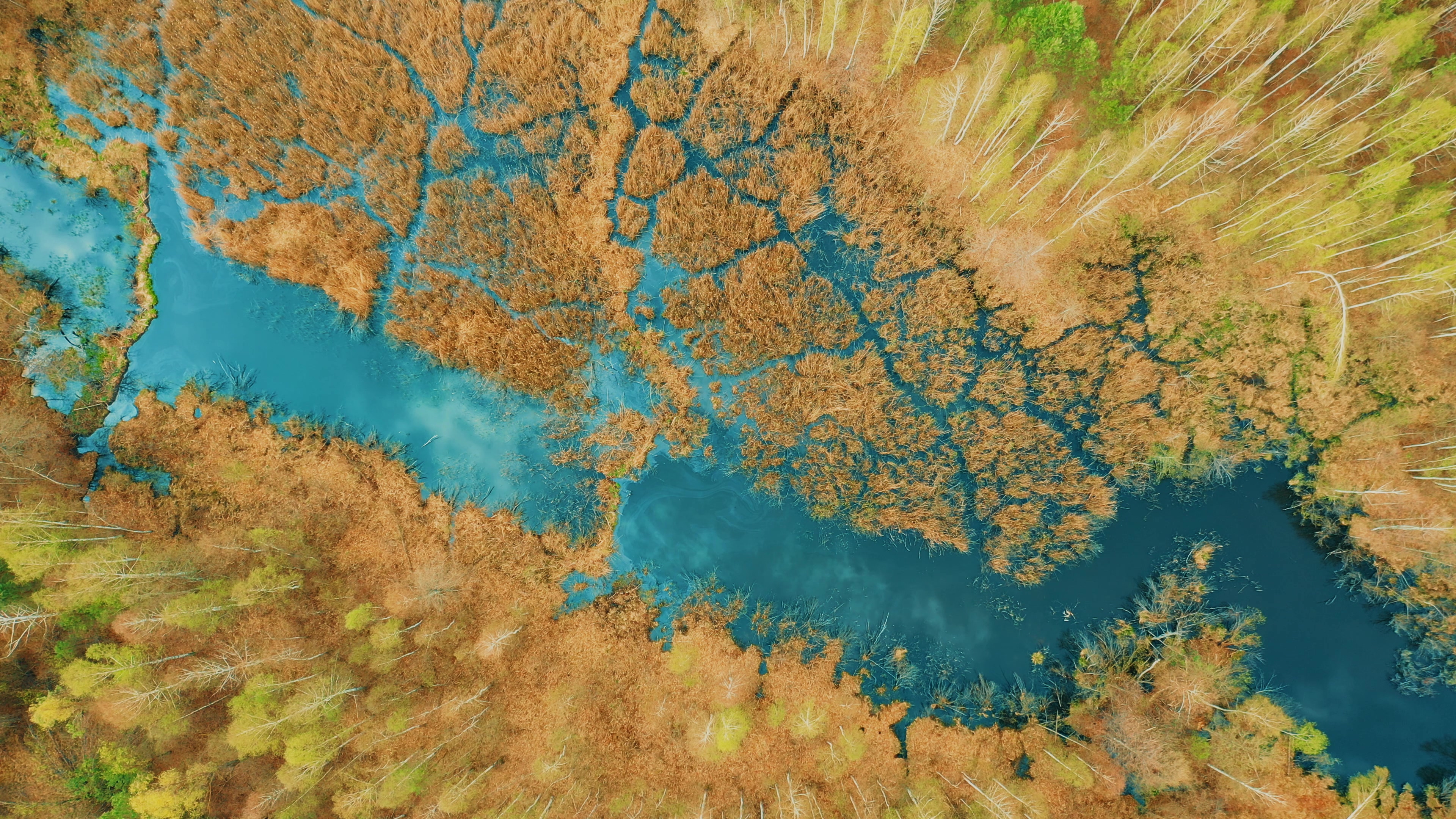
Coupling modelling remote-sensing and numerical modelling
Simulating ecosystem services change accordingly to IPCC climate scenarios to demonstrate the efficiency of rewilding scenario to mitigate global warming and sea level rise
-
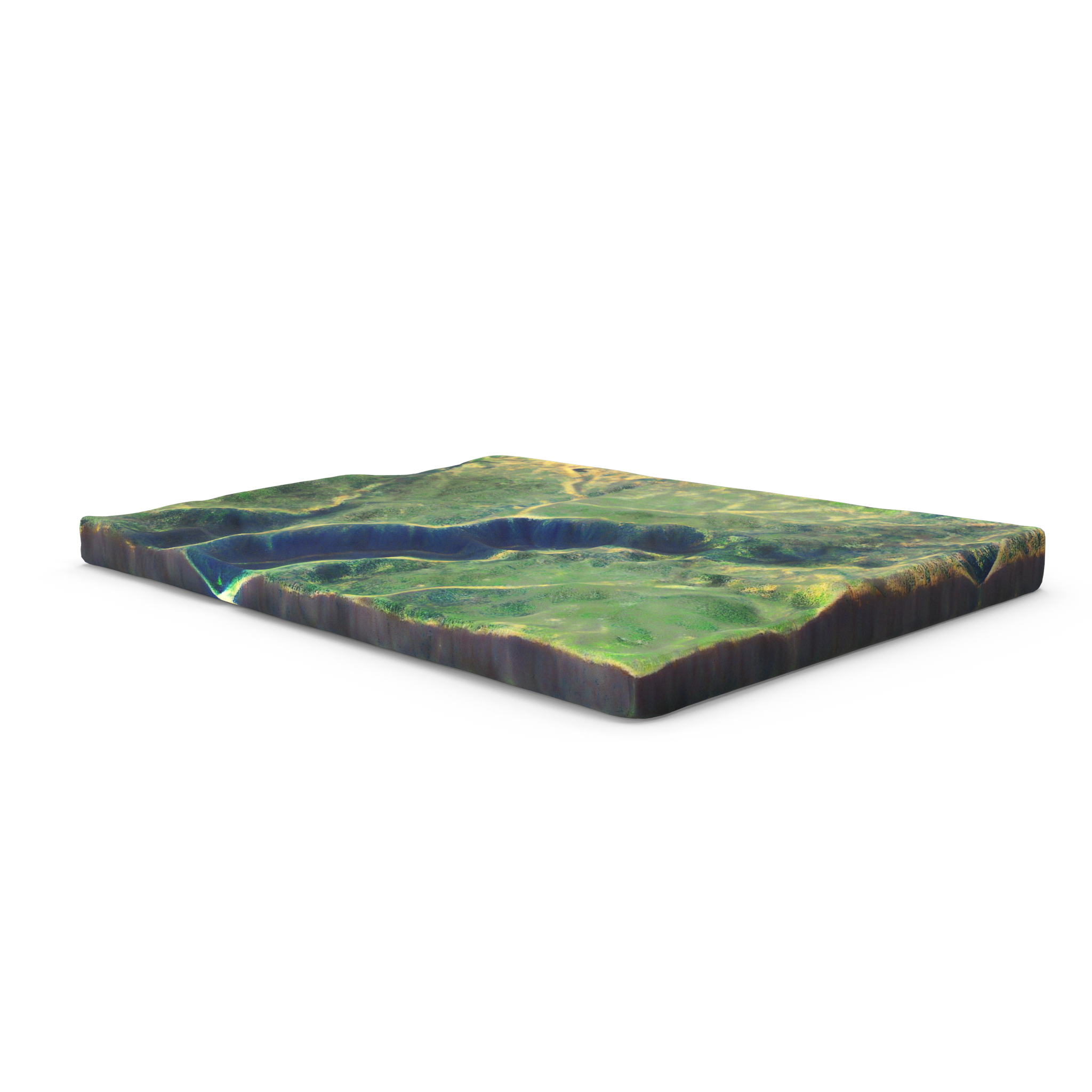
3D Visualisation
To generate long-term, historic coastal change picture and project the future regarding sea level rise and the shape of the tidal area alters to generate asset-specific visualizations for scientists and stakeholders
-

Narrative of changes
Analyzing and comparing the stakeholders’ discourses addressing uses, meanings, values, perceptions and representations of heritage and nature to point out the pathways and possibilities for rewilding options and the needed trade-offs and negotiations at the local scale
-

Valuation approaches
Estimate the costs and benefits for nature and society by plural and integrated valuation approaches. -
Protocols to survey and monitor rewilded area
Development and deployment of evidence-informed tools and protocols based on our observation and projection tools to estimate and improve the outcomes of rewilding efforts
